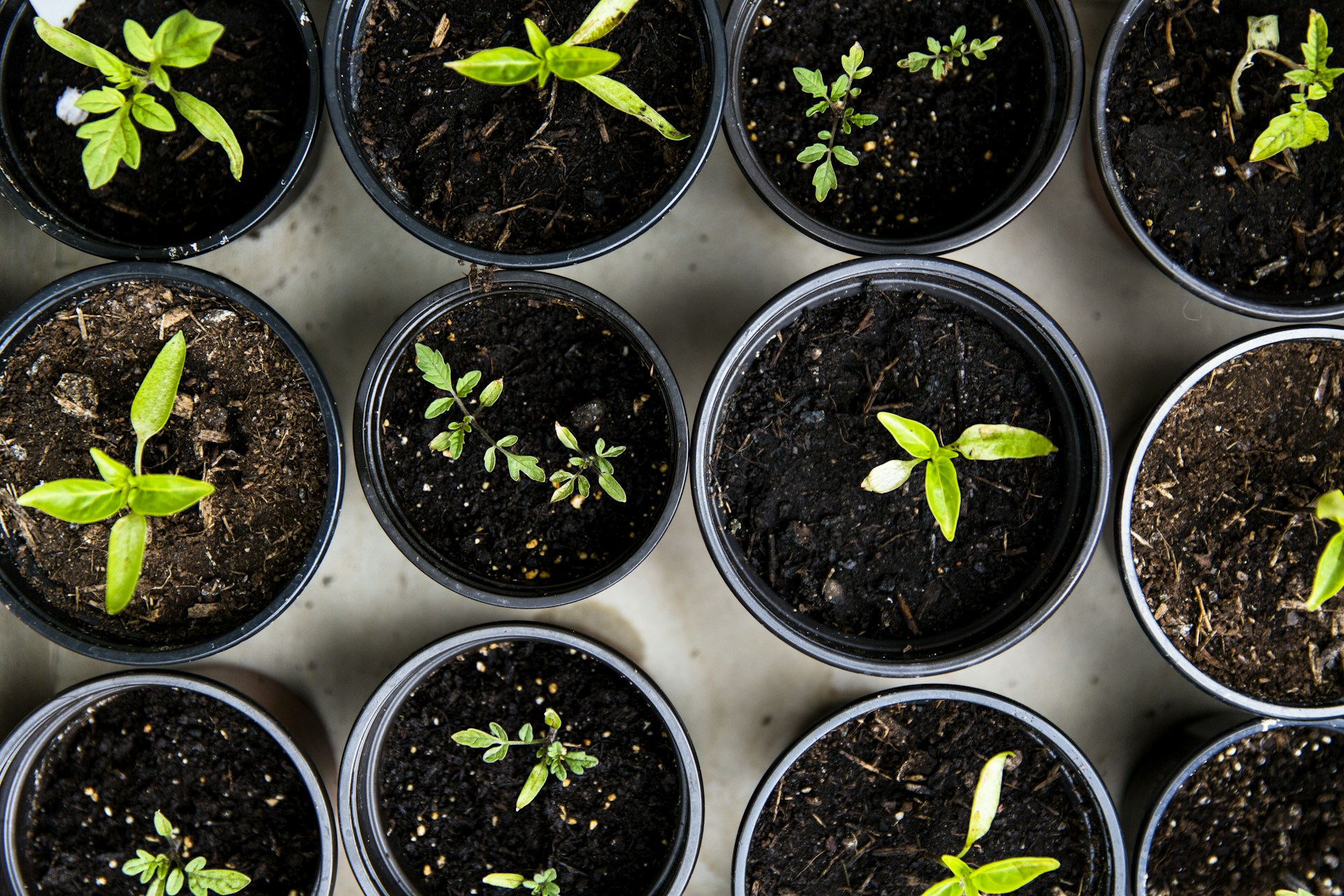
Spring Garden Prep: What to Do Before Planting Season Begins
Ready for planting season? Get your garden in shape with tips on cleaning up beds, prepping soil, and planning a layout for a productive spring.
SEASONAL GARDENING
P & P
6/5/20253 min read


Spring Garden Prep: What to Do Before Planting Season Begins
Affiliate Disclosure:
As an Amazon Associate, we earn from qualifying purchases. This means that if you click on a link and make a purchase, we may earn a small commission at no additional cost to you. This helps support our content creation and allows us to continue providing honest, helpful recommendations.
As the days grow longer and the soil begins to warm, gardeners everywhere feel the pull of the new season. But before you dive into planting, a little preparation can go a long way toward ensuring a bountiful, beautiful garden. Spring garden prep isn’t just about turning soil—it’s about creating the right conditions for your plants to thrive from the start.
Here’s what you need to do before planting season officially begins.
1. Start with a Clean Slate: Clear Out Old Growth
Overwintered debris, dead plants, and dried leaves may have accumulated since fall. Begin your spring prep by thoroughly cleaning out garden beds:
Remove old plant matter: Cut back perennial stems left for winter interest or wildlife. Pull any annuals that didn’t make it through the cold.
Rake leaves and debris: These can harbor pests and fungal diseases, so clearing them out is essential.
Weed thoroughly: Getting rid of early weeds before they go to seed saves you hours later in the season.
Tip: Don’t toss healthy plant material—compost it for future soil enrichment!
2. Test and Prep Your Soil
Healthy soil is the backbone of a successful garden. After the winter thaw, it’s time to get reacquainted with your garden’s foundation.
Test your soil’s pH and nutrients using a home test kit or by sending a sample to your local extension service.
This Is what we use in our gardens, it is a 4-in-1 soil tester. https://amzn.to/43P45gA
Amend as needed: Add compost, aged manure, or organic soil enhancers based on your soil test results.
Aerate the soil: Break up compacted areas with a garden fork or broadfork—avoid working overly wet soil, which can damage structure.
Mulch smartly: While you’ll mulch after planting, now’s a good time to source your mulch material and plan where it’s needed.
3. Check Garden Tools and Supplies
Before the rush of planting begins, make sure your tools and supplies are ready:
Clean and sharpen tools like pruners, trowels, and spades.
We love this 2-in-1 sharpener for a quick run over our cutting tools. https://amzn.to/4jCrI1E
Inspect irrigation systems and hoses for cracks or leaks.
Organize seeds, labels, gloves, and containers so you can grab what you need easily.
Seed libraries are amazing to keep all of your flowers and vegetables organized. Also perfect for harvesting seeds at the end of the season and cataloging. https://amzn.to/3SDH1w8
Having everything in order now saves time and stress later.
4. Plan Your Garden Layout
Take time to thoughtfully plan your spring planting layout, whether you’re growing veggies, flowers, or both.
Rotate crops: Avoid planting the same crops in the same spots as last year to reduce pest and disease risk.
Maximize space: Consider vertical gardening, succession planting, or interplanting quick growers like lettuce with slower crops.
Sketch it out: Even a simple paper sketch can help you visualize spacing and companion planting combinations.
Consider sun, shade, and drainage: Match your plant choices to the conditions of each garden area.
5. Start Seeds Indoors (If Needed)
If you plan to grow crops like tomatoes, peppers, or annual flowers from seed, early spring is the time to get them going indoors.
Use grow lights or sunny windowsills.
Follow seed packet timing for your zone.
Harden off seedlings before transplanting once the weather warms.
Starting seeds early gives you a head start on the season and more control over your varieties.
6. Set Up Beds and Structures
If you’re adding raised beds, trellises, cold frames, or irrigation systems this season, early spring is the time to install them.
Build or repair raised beds and fill with amended soil.
Add trellises, tomato cages, and supports now so they’re in place before plants need them.
These trellises are amazing and can be configured in multiple shapes to fit your specific needs. Ditch the steel cages. https://amzn.to/43P0YoT
Lay drip irrigation lines while beds are still empty.
This groundwork makes the actual planting phase smooth and efficient.
Final Thoughts: A Little Prep Goes a Long Way
Spring is a season of energy, renewal, and promise—and a well-prepared garden is the foundation for a productive year ahead. By investing time now to clean, amend, and plan, you’ll set yourself up for healthy growth and fewer headaches as the season progresses.
Whether you're working with a backyard plot, raised beds, or balcony containers, spring garden prep is your opportunity to start strong and grow with confidence.
📌 Save it for Later: Spring Garden Prep Checklist
Remove dead plants and debris
Weed beds
Test and amend soil
Clean and sharpen garden tools
Plan layout and crop rotation
Start seeds indoors
Build or repair garden structures
Happy planting! 🌱
